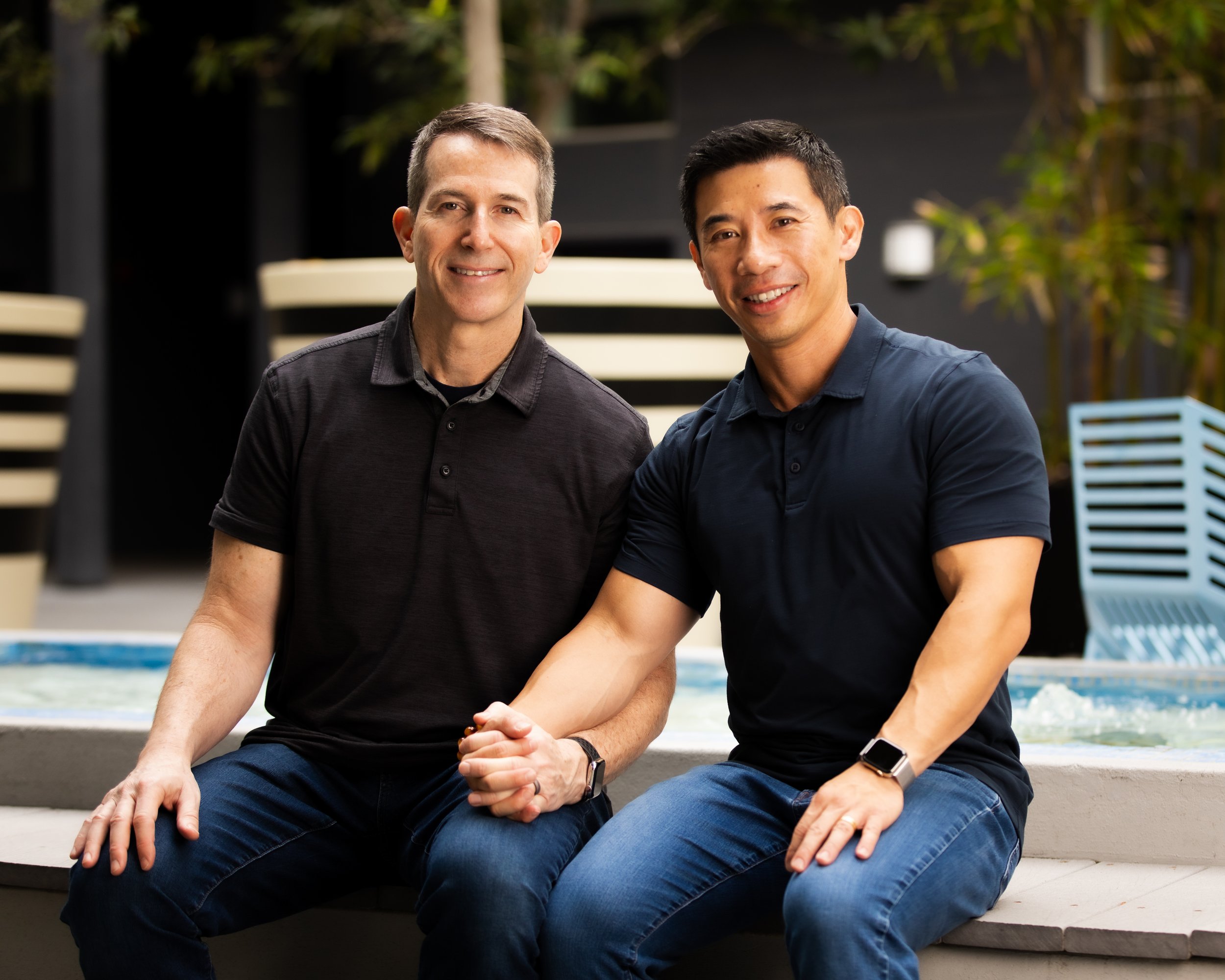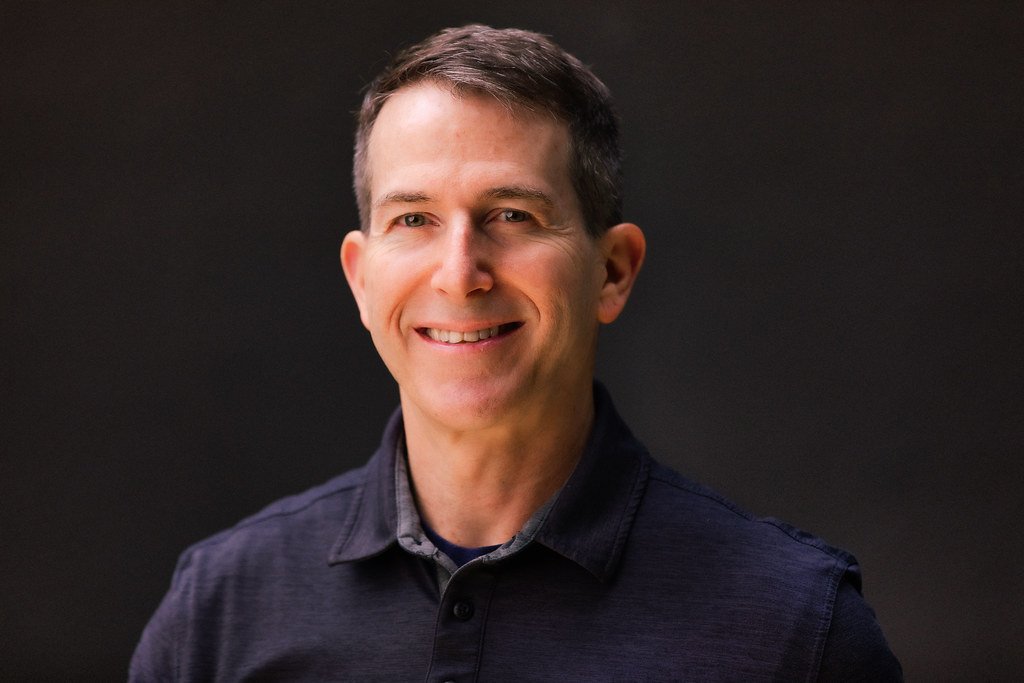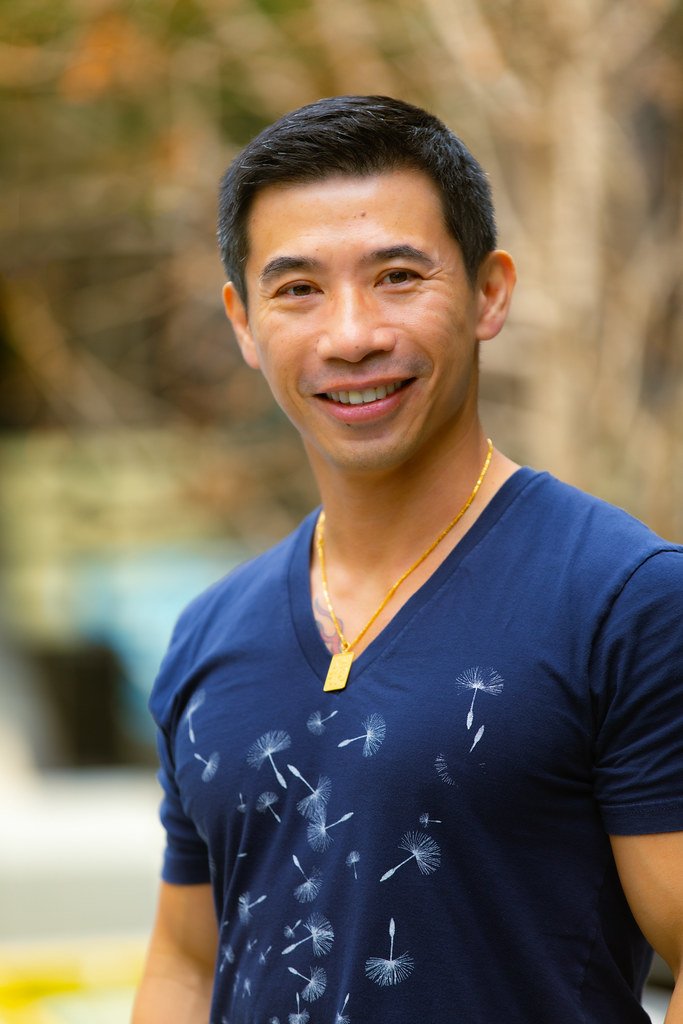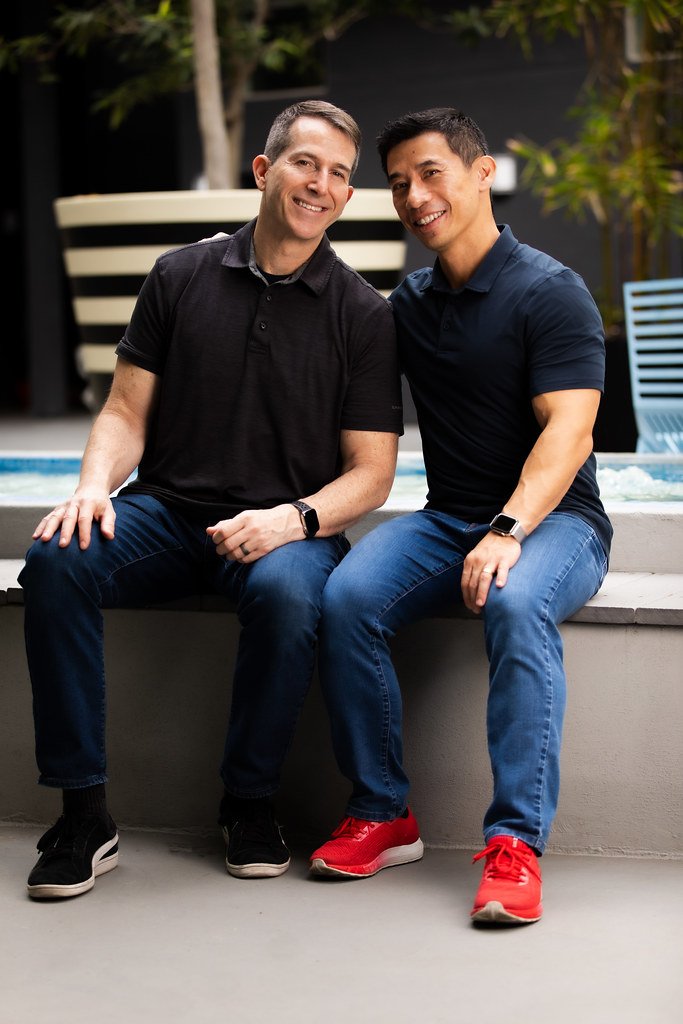So you have hired a photographer to capture your next family or couples photoshoot! Congratulations! Even if this isn’t your first time in front of a professional photographer, take my advice and remember that a photo is a collaboration between you and your photographer. If you’re not fully invested in the process, the photos will reflect that – regardless of the talent that your photographer brings to the process. The time and energy you invest now and during the shoot will be reflected in the photographs that you produce - for good or bad.
If you did your research properly and have hired the right photographer, let’s set his/her part of the equation aside for the purpose of this article and instead discuss YOUR role in achieving the photographs that YOU want from the session. Experience has taught me that memorable family photographs are often the successful combination of four key ingredients that YOU bring to the shoot. Your frame of mind, the clothes you wear, your smile, and your connection with each other and your photographer all must be “on point” if you want a series of photographs that will stand the test of time.
Always remember; these photos are not entirely for you. You’re creating them (and then printing them) not only for your sake, but for your children’s benefit, their children, and perhaps even on to successive generations. The legacy that you create – and that is documented in these photographs – is what you’re capturing. That’s why it is important for you and your family to be fully vested in these photographs, to “let down your guard” during the session, and to allow your emotion – unfiltered and unchecked – to shine through. You’ll be happy you did 50 years later.
Here we go.
Get Yourself and Your Family in the Right Frame of Mind
Service purchases like family portrait photography are usually driven by one partner. When that occurs, the other partner’s “investment” in the process can run from lackluster to, at times, out-and-out negative. Perhaps the expense is something they don’t believe is warranted. Others may not be not happy with their personal appearance and are uncomfortable in front of a camera. Whatever the reason, they are legitimate to person experiencing them and can negatively affect the entire session if not addressed. If you’re one of those people, I challenge you try to match the energy and frame of mind that your partner is bringing to the session. Drop your guard, be in the moment, and take a few moments to recognize how you will feel about those photos in 20, 30, or 40 years when you’re looking back on your life and your family when it was still young, vibrant, and forward-looking.
If your session is outdoors, will potentially be seen by strangers, and will cause you some discomfort or embarrassment, I challenge you to put that out of your mind. Your role is to be a larger, more engaging and more outgoing version of yourself during the session. Forget about what a stranger might think if they happen to see you acting silly with your partner and/or children. The moments “in between poses” are often the ones that connect the most with my clients. So don’t be afraid to talk and joke with your partner, children, and other members of your family (even with the photographer) during the shoot. These moments of genuine laughter and natural body language and movement often make for beautiful photographs – even if you may not think you have it in you to to be the subject of such a photograph.
Clothing
Ladies: wear a dress that has a fitted waist. You’ll feel prettier, more feminine, and light colored dresses provide perfect contrast between you and your environment. Wear something that is either new or slightly more dress up than what you wear everyday.
Men: “downscale” business attire (suit jacket, white shirt, blue jeans, and dress shoes) make for fantastic choices. You can remove the jacket for a second look or add a vest for a third look. Whatever you choose should match in color with your partner’s clothing choice.
Now that the parents have picked their outfits, it’s time to figure out the entire color palette.
I recommend you choose 2-3 colors for your color palette, and then bring additional clothes that offer slightly darker and lighter variations on those colors to give yourself some flexibility.
Repeat this approach for the kids, grandparents, or anyone else that will be in the shot. The goal is for everyone to have similar (but not exact) clothing choices that allow for some variability for different looks.
Things to avoid include large logos, heavy patterns, and bold stripes.
I created a Pinterest board that contains a number of family picture outfit ideas that will help you decided which direction you might want to go.
Smile!
As you probably already know, smiling authentically and being told to smile on command (say cheese!) do not produce the same results. A joyful connection with the photographer is crucial. And … as I discussed previously, establishing the right frame of mind is especially important. Here are some thoughts on how to smile in a way that will reflect true emotion in a photograph.
First: Relax!
People look at your face all day, everyday, in all kinds of lighting (some pleasing, some not), all while it’s displaying a range of expression and emotion. Trust that your photographer is placing you in quality light and in a pose that is pleasing, complimentary, warm, and approachable. Trust that that lighting approach will accentuate your strengths and minimize whatever flaws you’ve been brainwashed to believe you have. So … attempt to relax, loosen up, and enjoy the process.
If you’re still finding it difficult to relax once the session begins, step back and take a break. It’s your session; do what makes you comfortable. Shake out the stress, and do some light stretches. Make a few faces – not for the camera – but just to lighten up your mood and get your face muscles moving. You want your session to be lighthearted and upbeat. Your half of that equation is key.
Next: Squinch!
Squinching (a term and facial expression championed by headshot photographer Peter Hurley) asks you to close your eyes somewhere between wide-open and squinting. The result is a self-assured look that helps to convey confidence and also helps to avoid that “deer in the headlights” look that some people get when they’re nervous and in front of a camera. A family portrait session is different than a headshot session, but the squinch advice does apply if you’ve asked your photographer for some closeups.
Connect with your Photographer
Photographers of any worth realize that a connection with their subject is just as important as all of the technical knowledge of understanding lighting, composition, and editing. You are responsible for half of the connectivity effort. Follow your photographer’s lead and allow yourself to be engaged and to get comfortable with him/her. Good photographers will always to try to engage with you before doing anything photography-related in order to relate to you more easily once the shoot begins. The goal is to lighten the mood and get some laughter going – which can be self-sustaining if genuine and which produces consistent and natural emotion throughout the shoot.
Wrapping Up
Keep the props to a minimum. Small children will look adorable with their favorite teddy bear, but that’s about it. If you and your family are correctly engaged in the shoot and are interacting with each other naturally, you won’t need a single prop.
Set expectations with your children. Tell them – in advance – how long the session will be and why you’re doing it. Unsolicited (and probably unnecessary) parental advice follows.
Parents who give their young children the promise of a reward at the end of the shoot often find that their kids are better behaved and more engaged. This helps the session to be more efficient and quicker.
Lastly … and this really applies to large families … make a list of shots that you want – specifically with the pairings of people you want together (Mom & Dad together, all of the kids together, Grandmother and Grandfather together, etc). Communicate this to your photographer during your contract negotiations so that he/she can factor that in to the cost. (Most photographers will charge you slightly more for larger families since they are more complicated and often take longer to shoot.) One of the parents should step up and act as drill sergeant to get everyone in place for all of the shot combinations that you want, so prepare that person for that duty in advance. I recommend you bring a shot list with you to the shoot and to check it before the shoot is finished.
OK! Now you’ve learned how to smile, how to dress, and how to relate to each other! If you’ve already contracted with a photographer for your next family photoshoot, congratulations! If you’re still searching, take a look at my portfolio and then give me a call if you’re interested. I’m at 310.614.5119 and am ready to help you capture your best family portrait!





